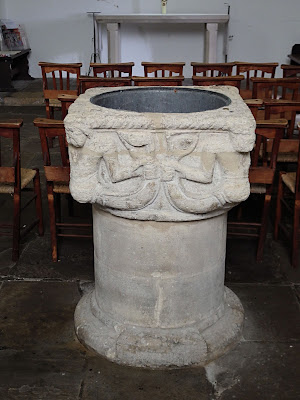"Folk By The Oak" is a one-day festival of all that's best in folk music, held in the beautiful grounds of Hatfield House in Hertfordshire. And as you've probably guessed, your fearless correspondent went along to enjoy the day.
There are all kinds of craft stalls and food outlets to sidetrack you, but lets head straight for the main stage and listen to the music.
Emily Portman And The Coracle Band - They take their name from Emily's latest album, not from any suggestion that they'd all fit into a tiny, wickerwork boat - there are six of them on various instruments including a harp. Delicate, thoughtful songs, an ideal start for a sunny afternoon in a leafy park.
Dom Flemons And Martin Simpson - one of Britain's finest acoustic guitarists, Martin Simpson, brought together with Dom Flemons, the extrovert and highly entertaining old time American songster, to explore the common ground between the two traditions. Well, that was idea of this project commissioned by the EFDSS, though in reality the two of them seem to be having such a good time in each other's musical company that such academic concerns were soon forgotten.
False Lights - Hang on! He looks familiar. Yes, Sam Carter the serious singer-songwriter of Sweet Liberties, who played the main stage a little while ago, is back heading his straight-ahead folk-rock band False Lights. And just to prove that some music will never die, there were a crowd of very young folkies bopping around right up near the stage.
If you want to hear some of the music you could do worse than follow these links:
Emily Portman & The Coracle Band
Sweet Liberties
Dom Flemons & Martin Simpson
False Lights
Rheingans Sisters
Cardboard Fox
Lynched
Take care.




























































